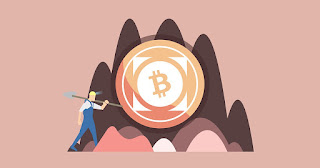Story Lab: TvTropes
As one of my last assignments for this class, the TvTropes story lab was a great way to get some final information that I will be able to use with my future projects. This was such an interesting site- not at all what I was expecting. The idea of organizing characters and trope like this is such a wild resource- I can't believe that someone had the idea and exigency to put this together. I fell into a bit of an information exploration hole when I dove into the SOviet tropes. There are so many characters alone that I was inspired by. There is such a mystic about these sort of tropes that are so unfamiliar to the classic American canon- or what I associate it with at least. Another page that totally opened my eyes to the possibilities of the site was the "Dining in the Buff" definition. Watching a clip on The Big Short led me there, and it was pretty cool to see something explained in such a short clip. That is- the curators of this site took what seems like such a short pi



